After the recent death of Major League Baseball (MLB) Hall of Famer Tony Gwynn at the age of 54, the American Dental Association (ADA) and eight other major medical and public health organizations have a shared mission – ending the use of tobacco at ballparks and on camera. Baseball legend Tony Gwynn died of cancer. His longtime use of chewing tobacco is likely responsible.
The organizations wrote a joint letter to Major League Baseball Players Association (MLBPA) Executive Director Tony Clark and MLB Commissioner Bud Selig on June 24, urging them to make the change. It was signed by the following groups:
- ADA
- American Cancer Society
- American Heart Association
- American Lung Association
- American Medical Association
- Campaign for Tobacco-Free Kids
- Legacy
- Oral Health America
- Robert Wood Johnson Foundation
According to the ADA, Mr. Selig answered the letter on June 30, saying that “while MLB is doing everything possible to eliminate smokeless tobacco from baseball, its hands are tied from completely implementing a ban.”
The Dangers of Chewing Tobacco
Smokeless tobacco is tobacco that is not burned, also called spitting tobacco, dip, chew and snuff. Most people chew the tobacco and spit out the juices, but spitless smokeless tobacco is also on the market. Nicotine enters the blood stream through the lining of the gums. The two types of smokeless tobacco are chewing tobacco (referred to in the MLB letter) and snuff, which is a finely cut tobacco. They are both extremely dangerous to your health.
Smokeless tobacco contains toxins that can lead to the development of gum disease and oral cancer. In addition, smokeless tobacco stains the teeth and tongue, affects taste and smell, and slows the healing process after oral surgery. The National Institutes of Health (NIH) warns that smokeless tobacco can cause tooth decay in exposed roots and cause gums to pull away from the teeth. The gums do not grow back. It is also common for people who chew or dip tobacco to grow leathery white patches and sores, which are a precursor to oral cancer.
Deciding to Quit
There are many reasons to quit in addition to the health impact:
- Financial cost
- Effect on personal relationships
- To set an example
- Poor taste
Unfortunately, quitting smokeless tobacco can be difficult. It is a good idea to prepare ahead of time so that you know what to expect and can make a plan. Make an appointment for a dental exam to find out whether there has been significant damage to your oral health. Get information about nicotine replacement therapy, which many people rely on to cut their cravings. Then choose a day to quit and stick to it.
You will need to decide whether to quit “cold turkey” or gradually cut back on your smokeless tobacco use. Regardless, you will need support. Ask friends and family to help you through the process. The NIH suggests exercising and finding other ways to keep busy. It is important that people not offer you smokeless tobacco because that will only make it more difficult.
Visit Our Office
Office Hours
- MON8:00 am - 6:00 pm
- TUE8:00 am - 6:00 pm
- WED8:00 am - 6:00 pm
- THU8:00 am - 6:00 pm
- FRIClosed
- SATClosed
- SUNClosed
10370 Richmond Ave. Ste 310,
Houston, TX
Phone : (832) 251-1234Text Us : (832) 251-1234






